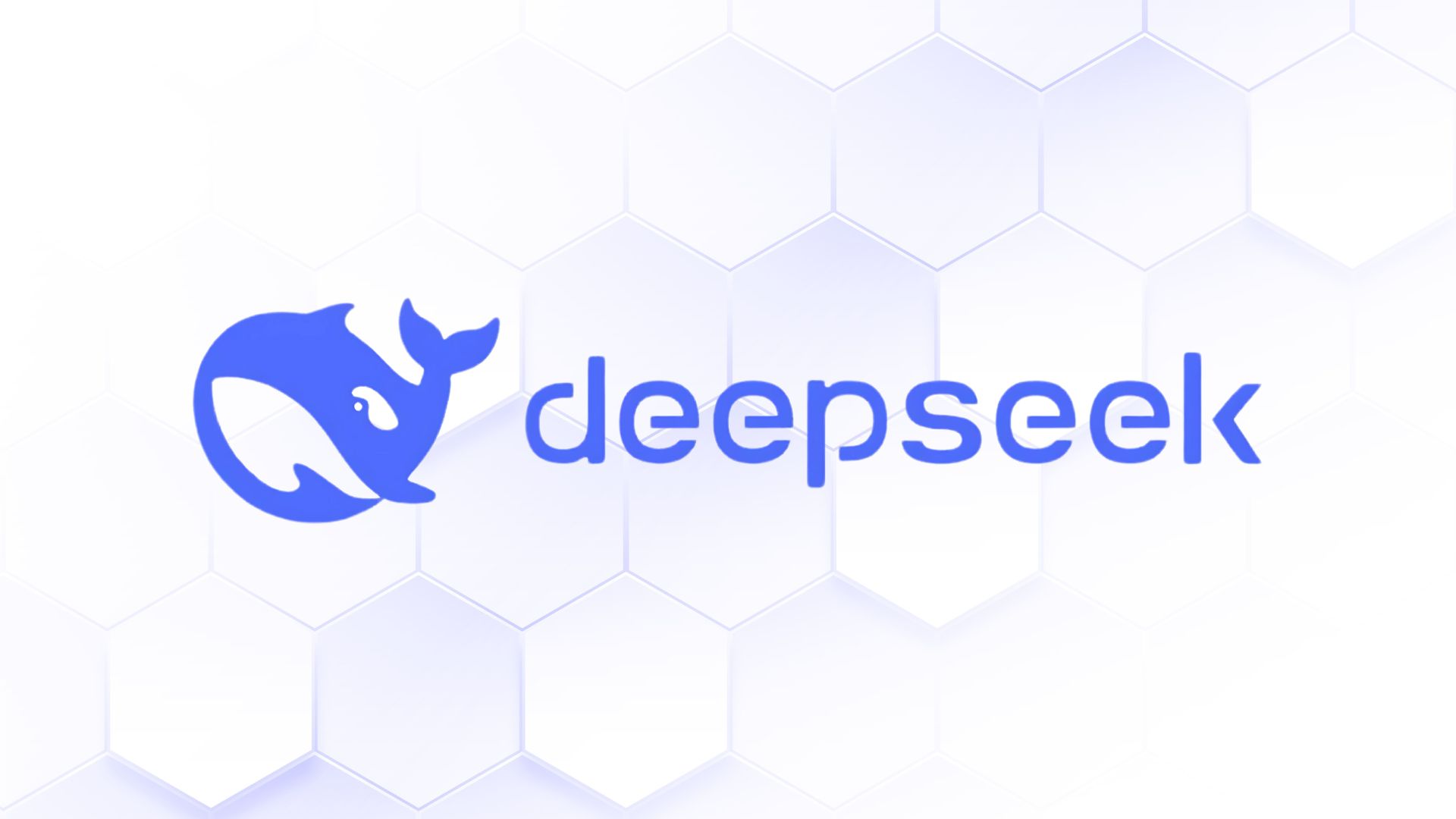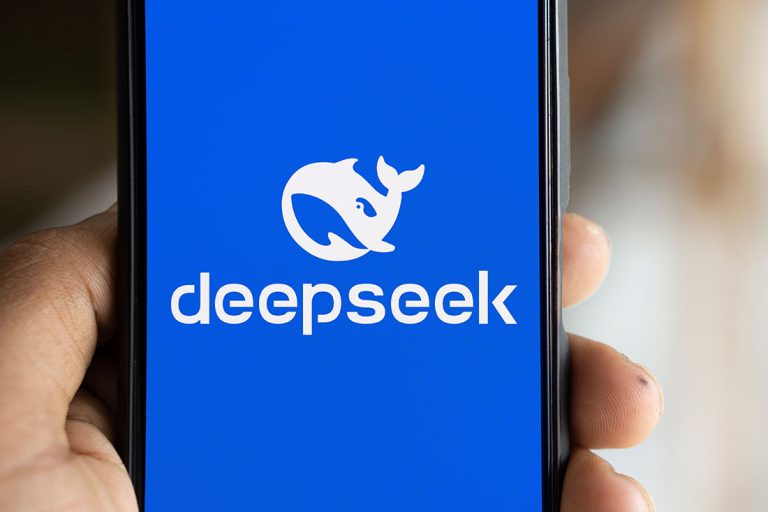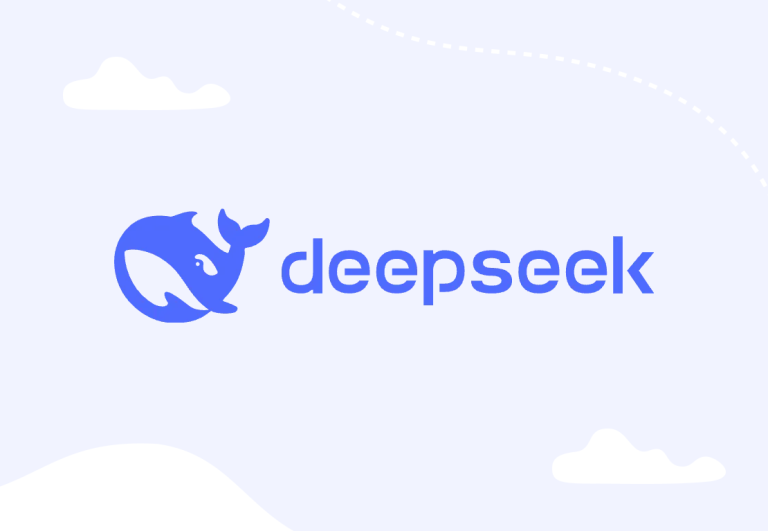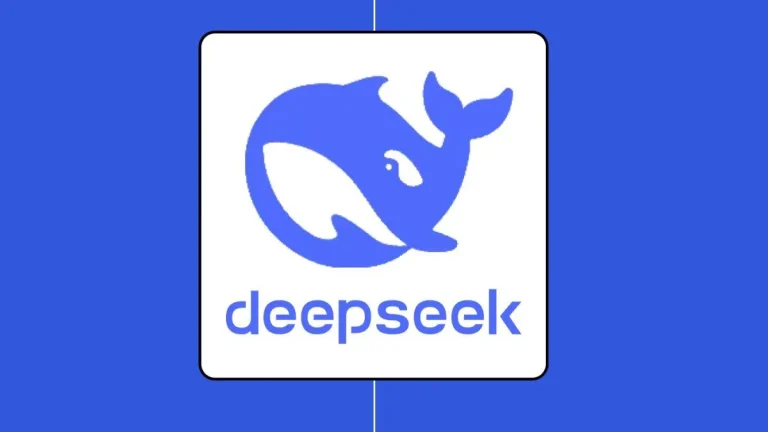Project management involves juggling lots of information – tasks, notes, deadlines, and team communications. Integrating DeepSeek into project management tools like Notion, Trello, and Asana can help automate organization and glean insights from project data. Let’s explore how DeepSeek can act as a smart assistant for project managers and teams.
Automate Task Creation & Summaries in Trello/Asana
Turning ideas into tasks: Often in meetings or brainstorms, you come up with tasks which then need to be logged in tools like Trello or Asana. DeepSeek can streamline this by parsing a discussion or description and suggesting structured tasks. For example, you might provide DeepSeek a chunk of text (meeting notes) and prompt: “Identify actionable tasks with assignees and due dates.” The AI could output: “Task 1: Prepare project proposal draft – Assign to Alice – Due Friday; Task 2: Review budget with finance – Assign to Bob – Due next Wed”, etc. With integration, this list can then be automatically added to Trello (as cards) or Asana (as tasks). Using automation platforms, this is quite feasible: a service like Zapier or n8n can catch a trigger (like a new note added) and then call DeepSeek’s API to generate tasks, then create those tasks via Trello/Asana’s API. In fact, n8n (a no-code workflow tool) has a DeepSeek Chat node and Trello node that you can connect – enabling exactly such scenarios. This means with a few configuration steps, whenever you label a conversation or document as “to-do list”, n8n could have DeepSeek generate tasks and insert them into your project board automatically.
Summarizing project updates: Keeping track of progress in agile projects can involve reading through many ticket updates or comments. DeepSeek can help by summarizing these updates. For instance, imagine a Trello list of cards titled “Sprint 5 Done” – you could trigger DeepSeek to summarize what was completed in Sprint 5 based on those card descriptions and comments. The AI might produce: “Sprint 5 Summary: Completed user login feature (with OAuth support), fixed payment processing bug (#101), and updated home page UI. Performance improved ~10%. One carryover: profile picture upload will move to Sprint 6.” Such a summary provides at-a-glance info for stakeholders. Technically, achieving this might involve a small script or using a tool like Make.com (Integromat) that can fetch all card descriptions and feed them to DeepSeek. Encouragingly, Make.com advertises DeepSeek AI integration with Trello/Asana to “sync data between apps and create powerful automated workflows”, indicating that many have already connected these dots.
Asana task briefs and follow-ups: In Asana, tasks often have long comment threads or multiple sub-tasks. DeepSeek can provide quick briefs. For example, a manager could select a complex task and ask, “What’s the status and what’s been discussed so far?” DeepSeek would analyze the task description and comments to produce a concise status update. This could even be automated: every Friday, DeepSeek could post a comment on certain tasks with a summary of the week’s activity. The integration can be done via Asana’s API and a scheduled script or via a platform like Relay.app or Make.com. In fact, there are integration templates, like on Relay.app, that suggest workflows such as “Summarize with DeepSeek R1 for each message sent to a Slack channel” – by analogy, one could summarize each comment added to an Asana task, etc. The flexibility is there; it just requires some initial configuration.
AI-generated task details: Another way DeepSeek helps is by fleshing out task details. If someone creates a one-liner task “Design homepage banner”, the project manager can invoke DeepSeek to expand this into a fuller description or checklist: “Steps: 1) Gather requirements from marketing, 2) Create initial design mockups, 3) Review with team, 4) Finalize banner graphics in required dimensions…Risks/Considerations: Ensure banner meets brand guidelines and is responsive.” This ensures even terse tasks become actionable and clear. In Notion or Trello, this might be a context menu option via an extension or bot that edits the card description with the AI’s output.
By automating task creation and summarization, DeepSeek reduces manual effort in project tracking. It helps ensure nothing falls through the cracks (AI can catch an action item you missed) and keeps everyone up to date with minimal reading.
DeepSeek as a Smart Notion Assistant (Notes & Databases)
Notion is a versatile workspace used for notes, documents, tables (databases), and more. DeepSeek can supercharge Notion in multiple ways:
- Intelligent Q&A on Notion Docs: Notion often serves as a knowledge base or wiki for teams. By integrating DeepSeek, users could query their knowledge base in plain English and get answers. For example, ask in Notion, “What did we decide about the onboarding flow in last month’s meeting?” and DeepSeek, having access to those meeting notes in Notion, could answer with the decision summary and even cite the page. This essentially creates a Notion AI assistant. While Notion has its own AI features, using DeepSeek can be beneficial for custom needs or keeping data in-house. There are tools like Coco AI which already attempt this: Coco connects to various data sources including Notion, Google Drive, etc., and uses large models like DeepSeek to enable intelligent search and Q&A over personal knowledge. The result is you can ask something and the AI not only finds relevant pages but gives you a synthesized answer. Setting this up might involve a connector that exports Notion pages to a format DeepSeek can read (or uses the Notion API to retrieve content on the fly for DeepSeek to analyze). Several community projects aim at this “chat with your Notion” concept using LLMs, and substituting DeepSeek is possible via its API.
- Notion Database Automation: Notion databases (tables) are often used for tasks, CRM, etc. DeepSeek could automate entries or updates. For instance, if you have a Notion database of tasks similar to Trello, the same logic of summarizing or generating tasks applies. Another idea: automatic updating of a project status field. If each project has a Notion page with notes, DeepSeek could read the latest notes and set a status like “On Track” or “At Risk” with a justification. This edges into AI project management reporting. A savvy integrator could, say, use a button in Notion that, when clicked, triggers a function (via Notion API and an AWS Lambda or similar) to call DeepSeek and update fields.
- Content Generation in Notion: Many use Notion for writing blog posts or documentation. DeepSeek can live inside Notion as a writing assistant. You could select a section of a doc in Notion and prompt DeepSeek for improvements or to continue writing. Since direct integration inside the Notion UI might be tricky (unless using Notion’s API and a third-party AI proxy), one workaround is a browser extension that detects you’re in Notion. Actually, the DeepChat Chrome extension’s text-selection menu works on any site – so you can highlight text in a Notion page in Chrome and summon DeepSeek to act on it (summarize, translate, elaborate, etc.). This effectively brings AI into Notion without a native feature.
- Notion + External Automation: Using Zapier/Make with Notion and DeepSeek together can yield powerful workflows. For example, when a new Notion page is created in the “Ideas” database, automatically have DeepSeek generate a TL;DR summary and append it to the top of the page for quick understanding. Or if a Notion page gets updated with a lot of text, have an automated nightly job that compiles key points or action items via DeepSeek and sends an email report. Relay.app and Zapier have integrations for Notion and DeepSeek, enabling such multi-app workflows with clicks. One could set up, say, “When a new meeting notes page is added in Notion, ask DeepSeek to extract any tasks or decisions, then add those to Asana” – spanning all three: Notion, DeepSeek, and Asana.
In short, DeepSeek can act as a powerful brain for your Notion workspace, offering understanding and generation capabilities on top of your content. It’s like giving your Notion pages the ability to answer questions and evolve themselves.
AI-Powered Project Analysis & Reporting
Project management isn’t just about tasks – it’s about understanding the big picture: progress, risks, team performance, etc. DeepSeek can assist in analyzing project data and preparing reports:
- Progress Reports: Imagine feeding DeepSeek data on completed vs pending tasks, team velocity, and recent blockers, and getting a narrative report in return. For example: “Project Alpha is 75% complete. We closed 42 tasks in March (10% higher than Feb). The main risk is the delay in API integration, which pushed two tasks to next sprint. Overall, the project is on track for Q2 launch if resource allocation remains constant.” This kind of high-level summary can be generated by DeepSeek by combining numbers with context. If you track metrics in a spreadsheet or project tool, DeepSeek can take those metrics as input (via an automated workflow) and produce a paragraph that management can read quickly. This saves project managers hours in writing status reports. Even more, it can be scheduled – e.g. every Monday morning, an AI-generated project status email goes out to stakeholders.
- Risk Analysis and Suggestions: By analyzing project discussion logs or retrospectives, DeepSeek might identify concerns that keep cropping up. For instance, if many tasks mention “waiting for client feedback” or “blocked by X dependency”, the AI can flag these as systemic issues. It could suggest, “Multiple tasks are blocked by delayed client feedback; consider scheduling a standing weekly client sync to mitigate this.” While an AI won’t replace the need for a human PM’s judgment, it can surface patterns that a busy team might miss. Integrating DeepSeek with tools like Jira (for software projects) or Asana could allow scanning of ticket comments to gather such insights. In fact, an experiment on Kubernetes SRE issues showed that using DeepSeek in combination with a troubleshooting agent helped pinpoint root causes and recommend fixes faster, reducing resolution time significantly. By analogy, in project management, the AI could accelerate root cause analysis of recurring delays or quality issues.
- Timeline and Resource Adjustments: DeepSeek can even help with forecasting. For example, “Given the current burn-down rate, will we finish by June?” – DeepSeek could analyze how quickly tasks are being completed versus remaining tasks and provide a guess like “At the current pace (~5 tasks completed per week), the remaining 20 tasks suggest 4 more weeks of work, pushing completion into early July.” This uses pattern recognition and simple math that AI can handle. If integrated with your project tracker data, a question like this could be answered on demand.
- Project Post-mortems and Lessons Learned: After project completion, teams write post-mortems or lessons learned documents. DeepSeek can assist by collating all project documents, chat transcripts, and task outcomes to generate a first draft of a post-mortem report. For example: “Successes: Delivered MVP on time with 2 key features (X, Y) highly praised by users. Challenges: Underestimated testing effort, leading to last-minute bug scramble. Communication gap with vendor caused a 2-week delay. Lessons: Involve QA earlier; set up weekly vendor check-ins.” The AI can gather these points if it has access to the relevant data (issue tracker, chats, etc.). It’s similar to how some organizations use AI on retrospectives: feed in the retrospective notes and ask AI to list top 3 action items.
To implement such analysis, one could export data from tools into a summary text (or directly query via APIs as context for DeepSeek). Even if fully automated integration is complex, a PM can manually compile data and use the DeepSeek chat interface to ask these questions. The difference is, with integration, it becomes repeatable and shareable – integrated into dashboards or automated emails.
In essence, DeepSeek brings a layer of intelligence to project oversight. It doesn’t just manage tasks; it can interpret project data and provide managerial insights. That elevates the role of AI from a note-taker to an assistant project analyst.
By integrating DeepSeek with project management tools, teams can automate away some of the drudgery of tracking and reporting, and ensure knowledge is easily accessible. The next article will shift focus to developers – exploring DeepSeek’s integrations with GitHub, VS Code, Docker, and more to improve the software development workflow.



